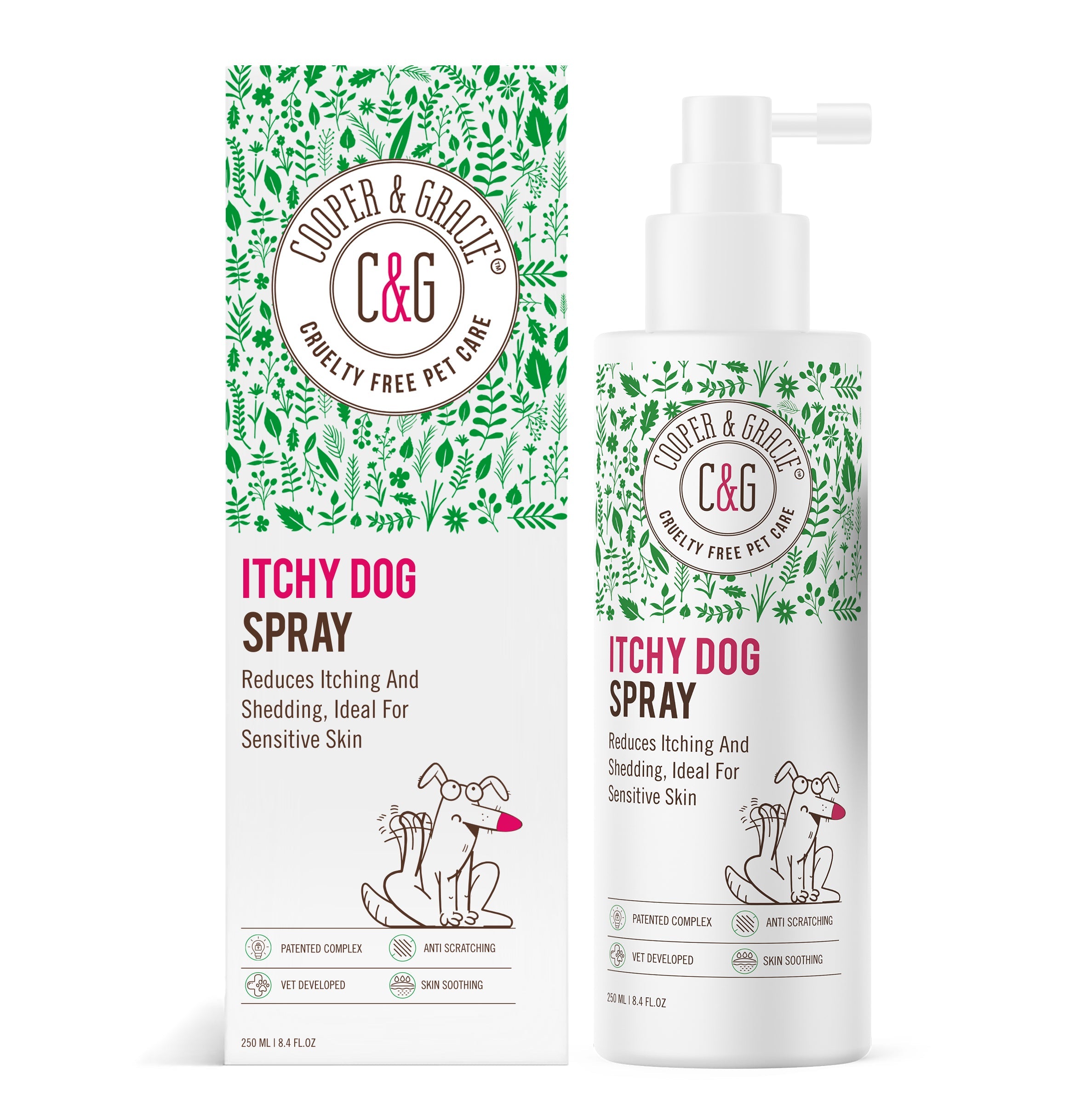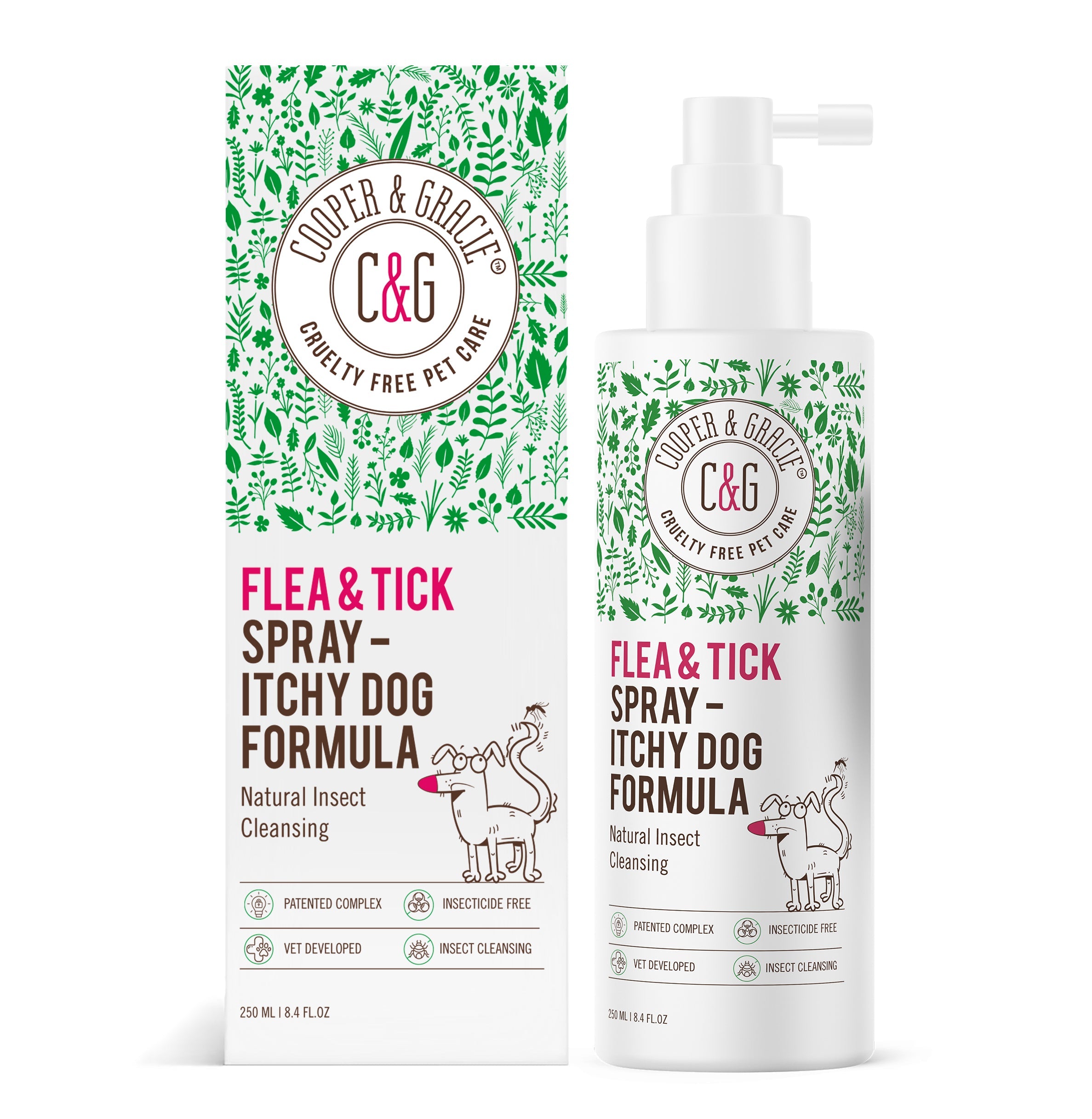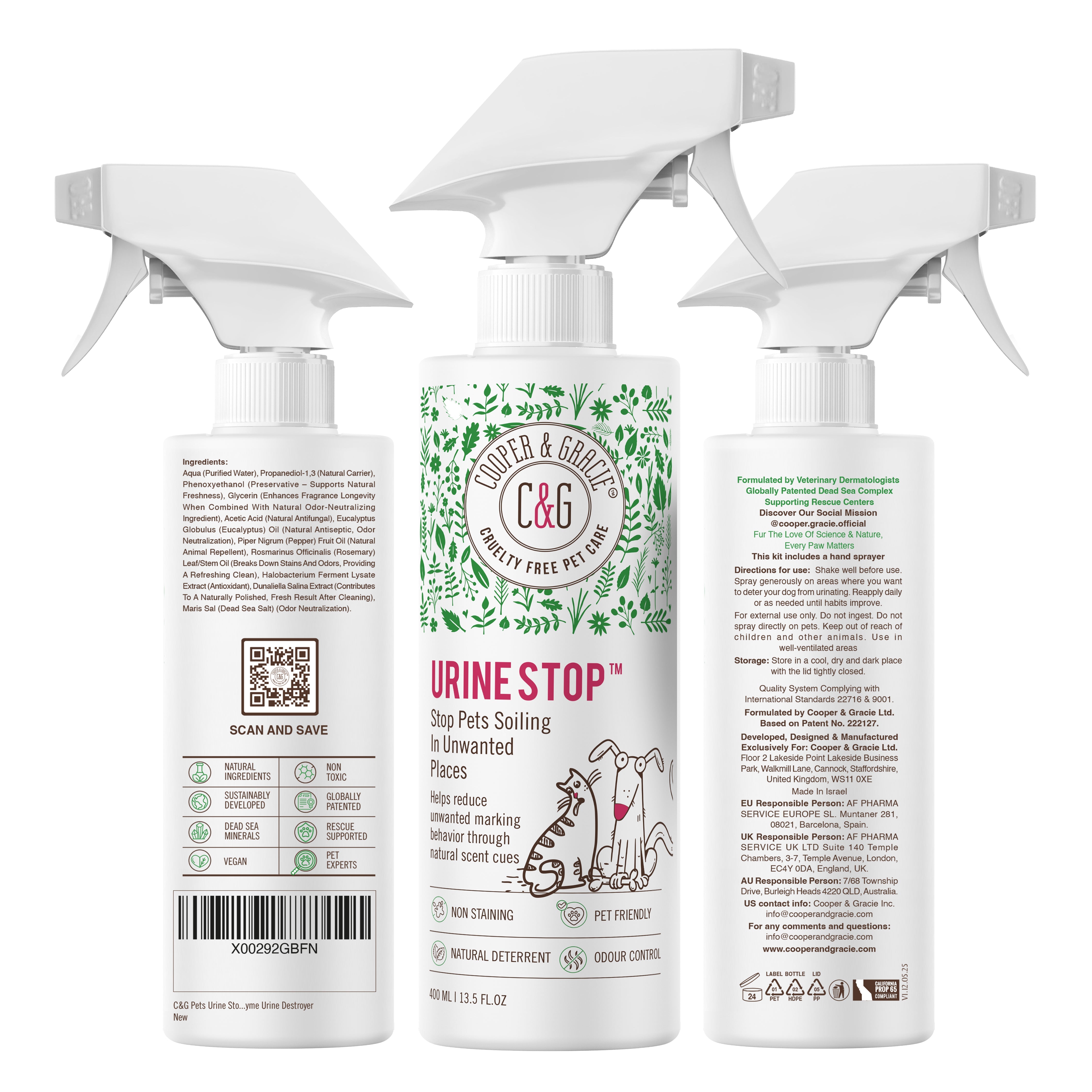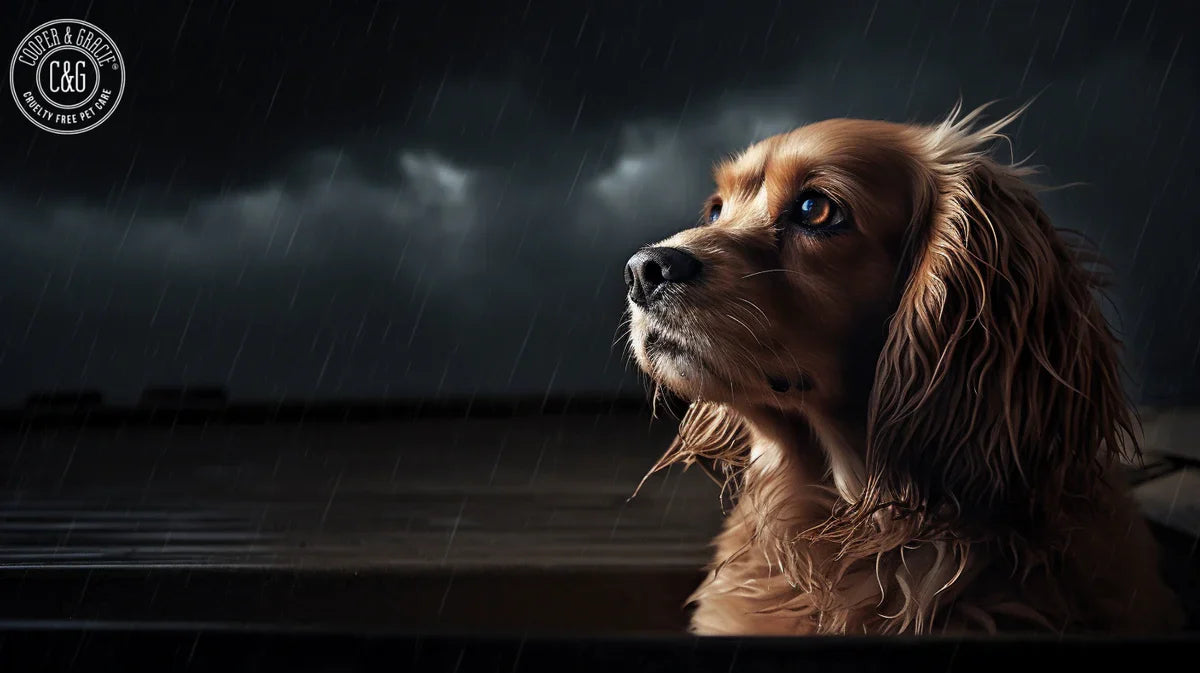How to Look After Pets in Bad Weather
Introduction
Bad weather can have a significant impact on our pets, much like it does on us. Understanding how to navigate the challenges that come with adverse weather conditions is crucial for maintaining the health and happiness of our furry companions. This article will delve into how to look after pets when the weather turns sour.
Navigating Stormy Days with Your Pets
Storms can be quite a fright for our beloved pets, with the thunderclaps, lightning, and howling winds causing distress and anxiety. However, with a bit of preparation and understanding, you can ensure their comfort and safety during these turbulent times. Here’s how:
Create a Safe Haven:
Designate a quiet, comfortable, and secure area in your home where your pet can retreat to during the storm. This could be a cozy corner with their favourite bed and toys. Make sure it's away from windows to minimise the noise and sights of the storm.
Soundproofing:
Try to soundproof the area as much as possible by closing doors and windows, drawing curtains, and playing calming music or white noise to drown out the storm sounds.
Distraction Techniques:
Engage your pet in interactive play or training sessions to divert their attention from the storm. Treat-dispensing toys or puzzle feeders can also be helpful in keeping them occupied.
Desensitisation:
Gradually desensitise your pets to the sounds of a storm by playing recorded storm sounds at a low volume and rewarding them for calm behaviour, gradually increasing the volume over time.
Comfort and Reassurance:
During the storm, stay calm and reassuring. Your pets can pick up on your anxiety which may heighten their stress. Pet them, talk to them in a calm and cheerful tone, and reward them for calm behaviour.
Anti-Anxiety Wraps or Products:
Consider investing in anti-anxiety wraps or vests that apply gentle, constant pressure to calm anxiety, fear, and over-excitement. There are also pheromone diffusers, sprays, and supplements that can help calm anxious pets.
Medication (if prescribed):
If your pet has severe anxiety, consult with your veterinarian about medication or other therapeutic options.
ID Tags and Microchips:
Ensure your pet’s ID tags and microchips are up-to-date in case they get scared and run away during the storm.
Post-Storm Check:
After the storm has passed, check your garden for any hazards like fallen branches or debris before letting your pet out.
Navigating through storms with your pet doesn't have to be a terrifying experience. With preparation, understanding, and a little help from calming aids, you can help your pet stay relaxed and secure no matter what the weather may bring.
Understanding Bad Weather Concerns Generally
Common weather threats for pets
Bad weather includes a range of conditions such as extreme cold, heatwaves, heavy rainfall, storms (as we've already discussed), and strong winds. These conditions can pose threats like hypothermia, heat stroke, anxiety, and even physical injuries to pets.
Recognising weather stress in pets
Pets may exhibit signs of stress or discomfort during bad weather. Symptoms like increased vocalisation, restlessness, or even aggression can be indicative of weather-induced stress.
Preparing Your Home
Weather-proofing
As well as the creating a safe haven and sound-proofing tips above, you can also check for drafts, leaks or any other issues that might cause discomfort or potential harm to your pet during adverse weather.
Outdoor Safety Precautions
Suitable outdoor enclosures
If your pet spends time outdoors, make sure they have access to weatherproof shelters that provide protection from the elements.
Protective clothing for pets
Invest in protective clothing like waterproof coats or boots to keep your pet comfortable and safe outdoors.
Nutritional Needs in Adverse Weather
Adverse weather may affect your pet's appetite and nutritional needs. Ensure they have a balanced diet to keep their energy levels up.
Health Checks and Vet Visits
Regular health checks and prompt vet visits can ensure your pet is in good health irrespective of the weather conditions.
Mental Stimulation and Exercise
Indoor Exercise Alternatives: Activating Paws Indoors
The unpredictability of weather conditions, especially during stormy or winter seasons, necessitates a shift from outdoor to indoor activities to keep our pets physically active and mentally stimulated. Establishing a routine of indoor exercises can significantly contribute to your pet's overall health, curbing anxiety and retaining their jovial spirits even when confined indoors. Here’s how you can create a fulfilling indoor exercise routine for your pet:
1. Stair Climbing:
If you have a staircase at home, it can serve as a great tool for exercise. Encourage your dog to follow you as you climb up and down the stairs. You can also toss a ball for them to chase up and down, which not only exercises their body but also stimulates their mind.
2. Treadmill Training:
Under supervision, a treadmill can be an excellent way for your pet to burn off energy. Start at a slow pace to allow your pet to get accustomed to the movement, then gradually increase the speed to a comfortable trot.
3. Indoor Obstacle Course:
Design an obstacle course using furniture and pet-friendly structures like tunnels and jumps. Guide your pet through the course, challenging them to jump over hurdles, crawl under tables, and weave through chair legs (only if safe for everyone involved, of course).
4. Fetch and Retrieve:
The classic game of fetch can easily be played indoors, provided you have a safe space. Use a soft toy to avoid any damages, and throw it for your pet to chase and bring back to you.
5. Hide and Seek:
Hide and seek isn't just a game for kids; it's a fantastic way to keep your pet mentally stimulated and physically active indoors. Hide in different parts of the house and call your pet to find you.
6. Treat Hunt:
Hide treats or your pet’s favourite toy in various spots around the house. This will encourage them to use their sense of smell and intelligence to find the hidden goodies, providing both mental and physical stimulation.
7. Interactive Toys and Puzzles:
As with the desensitisation techniques described above, you can provide your pet with toys and puzzles that challenge their mind and require them to move around. Treat-dispensing toys or puzzles can keep them engaged for a good amount of time.
8. Training Sessions:
Indoor days are perfect for brushing up on or learning new commands and tricks. Regular training sessions will keep your pet’s mind sharp and provide a good level of mental stimulation.
9. Play Dates:
Arrange play dates with other pet friends indoors. Social interaction is as crucial for pets as it is for humans, and play dates can be a great way for your pet to burn off energy.
10. Relaxation and Massage:
Exercise is crucial, but relaxation and massage are equally important. They help in easing any tension in your pet’s muscles and can be a bonding activity for you both.
By integrating these indoor exercise alternatives into a daily or weekly routine, you ensure that your pet remains active, engaged, and happy, irrespective of the weather conditions outside. The blend of physical exertion and mental stimulation will not only keep your pet in good shape but also significantly enhance the bond between you two, making the indoor days as enjoyable and fulfilling as the outdoor adventures.
Emergency Preparedness: Your Shield Against Adverse Weather
The whims of weather can sometimes catch us off-guard, plunging us into unforeseen situations especially when it comes to our beloved pets. Having a well-structured emergency plan paired with a robust emergency kit is paramount to navigate through adverse weather scenarios seamlessly. Here's how you can weather-proof your preparedness:
1. Formulating an Emergency Plan:
- Evacuation Routes: Have a clear evacuation route and a safe place to stay with your pet. Make sure the destination is pet-friendly.
- Emergency Contacts: Maintain a list of emergency contacts including your vet, local animal shelters, and pet-friendly hotels.
- Regular Training: Train your pet to respond to basic commands which can be life-saving in emergency situations.
- Microchip and ID Tag: Ensure your pet has a microchip and an ID tag with up-to-date contact information.
2. Assembling an Emergency Kit:
- Food and Water: Store a 3-day supply of food and water for your pet, along with bowls.
- Medication: Keep a stock of any prescribed medications and a copy of your pet's medical records.
- First Aid Kit: Include basic first aid supplies to treat minor injuries.
- Comfort Items: Pack your pet's favourite toys, blankets, or treats to help ease their anxiety.
- Waste Management: Have a supply of poo bags, litter boxes, and cleaning wipes for hygiene.
3. Keeping Informed:
- Weather Alerts: Stay updated with the latest weather forecasts and alerts through reliable sources.
- Community Plans: In times of extreme weather, be aware of your community's evacuation plans and emergency shelters.
4. Vehicle Preparedness:
- Pet-Friendly Transportation: If you own a car, have a pet seat belt or a secured crate for safe transportation. If not, identify pet-friendly transportation options beforehand.
5. Networking:
- Neighbourhood Network: Build a network with neighbours who can help with your pet in case you're not home during an emergency.
- Local Shelters and Rescues: Know the locations and contacts of local animal shelters and rescue organisations.
6. Periodic Reviews:
- Update and Replenish: Regularly check and replenish the emergency kit, and keep updating the emergency plan as needed.
Having a robust emergency preparedness plan not only ensures the safety and well-being of your pet but also provides a sense of peace and security to you as a pet parent. When the skies turn grey, being prepared is what will steer you clear of chaos and into the calm, with your pet safe by your side.
Conclusion
Ensuring the well-being of our pets during bad weather involves a mix of preparation, adaptation, and attention to their needs. With the right measures in place, you can ensure your furry companion remains happy and healthy, come rain or shine.
FAQs
-
What are some signs of weather-induced stress in pets?
- Increased vocalisation, restlessness, and sometimes aggression can be signs of weather-induced stress in pets.
-
How can I keep my pet warm during cold weather?
- Provide a warm indoor space, invest in warm clothing like sweaters or blankets, and maintain a balanced diet to keep their energy levels up.
-
How often should I take my pet to the vet for check-ups?
- Regular vet visits are crucial; however, the frequency might vary based on your pet's age, breed, and health condition. It's advisable to consult with your vet.
-
How can I keep my pet entertained indoors?
- Utilise interactive toys, puzzle feeders, and engage in indoor playtime and training sessions to keep your pet entertained.
-
What should be included in a pet emergency kit?
- A pet emergency kit should include basic first-aid supplies, enough water, pet food, a lead, a photo of your pet in case they get lost, and contact information for your vet.
Your Pet's Safety is Our Priority
Here at Cooper and Gracie, we deeply understand the bond between you and your furry companions, especially during trying times like adverse weather conditions. Our extensive range of organic, cruelty-free products are crafted with the sole intention of providing utmost comfort and care to your pets when they need it the most. From our soothing skin balm to our natural supplements, we're dedicated to ensuring your pet's health and happiness, no matter what the forecast looks like.











